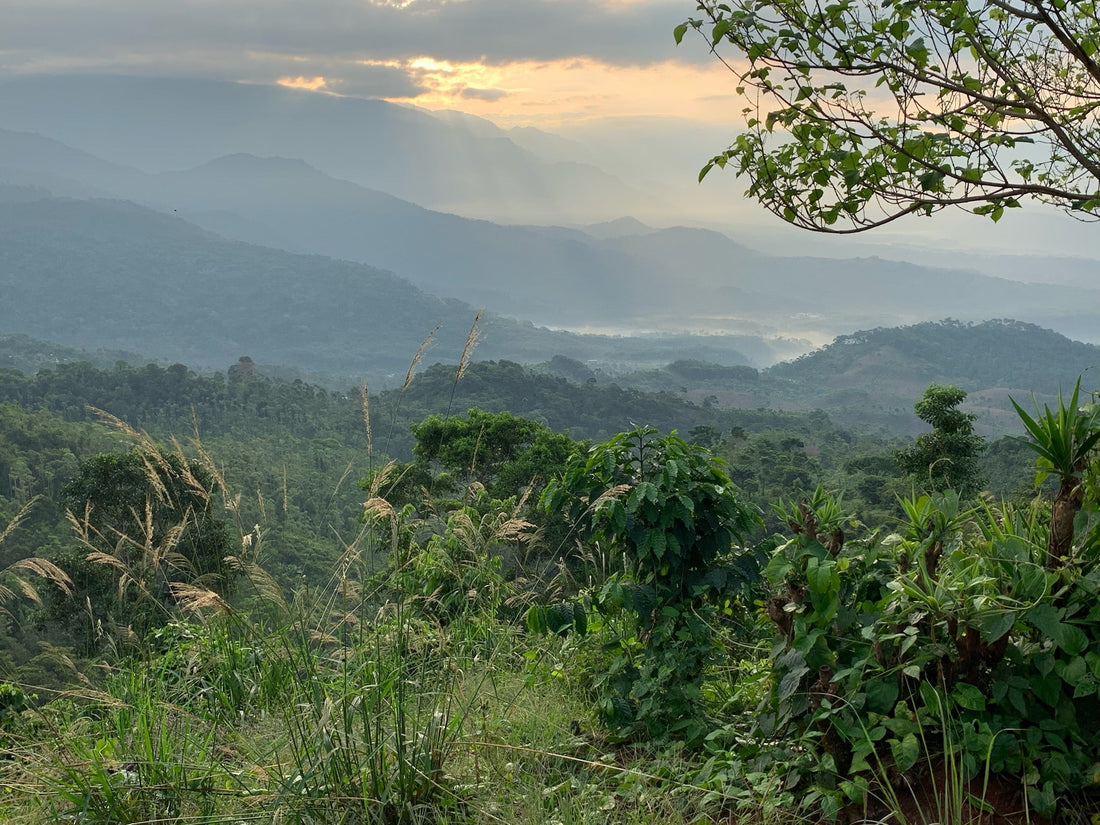One of the attributes to the quality of a coffee is altitude. I think that this is one of the most under discussed features of a coffee when we talk about how good a coffee tastes. The altitude of where the coffee is grown plays a significant role in its taste, aroma and acidity as well caffeine content.
There are two main types of coffee: arabica and robusta. Arabica coffees, which are considered the higher quality coffee of the two, are grown at higher elevations, generally 600 meters above sea level (masl) or higher. At these higher elevations, the air is quite cooler despite being in a subtropical or tropical zone. The cooler air causes the cherries (the pits are the coffee beans) to grow more slowly, resulting in smaller and more dense beans. This slower growth allows the coffee bean to pack more flavors and acidity, which enhances the coffee experience with taste, aroma and mouthfeel. Because of the cooler climate, there are typically fewer pests, which plays a significant role in the caffeine content of the coffee. Caffeine is a natural deterrent used by cherries for protection from pests. Because of the fewer pests at the higher altitudes, the caffeine content is lower than what you would find in coffee grown at lower altitudes.
The other type of coffee, robusta beans, are grown at lower elevations in the warmer climate. These beans tend to be larger and less dense. They grow much faster than arabica beans, resulting in less flavor and acidity. This fast growth allows farmers to harvest this coffee multiple times a year. Since robusta grows in the lower altitudes where the climate is warmer and more tropical, it generally has a higher caffeine content as more pests tend to live in this environment.
On a side note, I named Cloudland Coffee based on a couple of things. First, after Cloudland Canyon state park, which is one of my favorite state parks in the state of Georgia. I also thought the name was appropriate due to the fact that arabica coffee, the more desirable higher quality coffee, is grown at high altitudes. So much so that when you go visit many of the farms, you find them enveloped in fog or essentially, they they are in a land of clouds.
Views from our visit to Guatemala in 2019:




